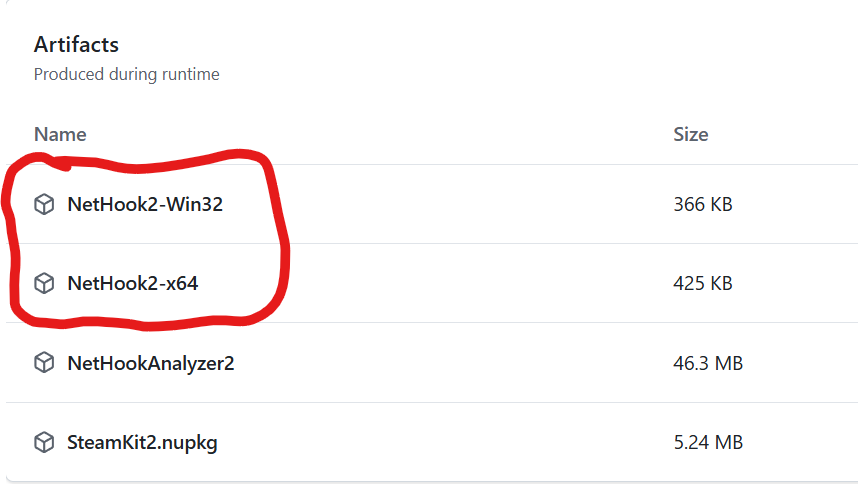-
Posts
3659 -
Joined
-
Last visited
Posts posted by Dr. McKay
-
-
It's possible that the request is no longer supported by Steam.
-
740 is not the right AppID, use 730.
-
The /inventory endpoint is newer and provides more up-to-date data. But the trade offer UI does still use this endpoint, so you should be safe to use it even if it's marked as deprecated.
-
- There's no reason to think you'd be banned for using this endpoint.
- It's already there: TradeOffer#loadPartnerInventory
-
Not currently possible but it's on my list of things to do
-
It's available under artifacts on SteamKit's GitHub Actions (you need to login to GitHub to download): https://github.com/SteamRE/SteamKit/actions


- UntitledUser and Jonjo
-
 2
2
-
-
Yes, use getAppBetaDecryptionKeys.
-
I don't know why you'd get DuplicateRequest when logging in if you're doing everything correctly. Maybe the code was already used?
-
You're getting DuplicateRequest in the login callback?
-
Basically just do exactly what the login-with-password example shows, and once you have webCookies then you can call community.setCookies(webCookies)
-
-
Show your code please.
-
Either event should be fine to determine if using a backpack expander succeeded, although personally I'd probably use itemRemoved.
-
Not really. The best you could do is check whether either party is not tradable.
-
Trade bans can be checked with the GetPlayerBans WebAPI method.
Escrow can be checked with the GetTradeHoldDurations WebAPI method.
getUserDetails() works by loading the tradeoffer page (using the user's trade link) and scraping the results from the HTML.
-
Yeah, no reason that shouldn't work.
-
You can't mobile confirm a trade offer without having your account's identity_secret, which is present in the mafile.
-
-
Where are you getting a 'ready' event from? No such event exists in globaloffensive. It's connectedToGC.
-
-
-
This is normal if your steam-user client shut down without properly logging off recently. I believe what happens is the GC never receives a notification of the client disconnecting, so it keeps your session active even though you're no longer there. You can typically solve this by calling logOff() if you don't get a session in a reasonable time, then logging on again.
-





Disparency between recentSteam Logins and teh Authorized devices
in General
Posted
Cursor is wrong. Passing the httpProxy option to LoginSession is unnecessary because the CMAuthTransport handles proxying already. All login communication happens through the same proxied TCP/WS connection as all other Steam client communication.